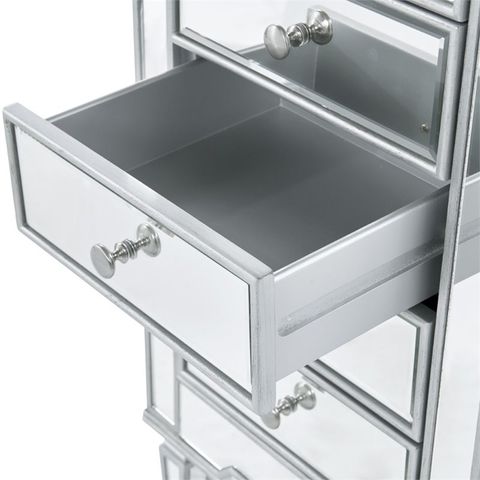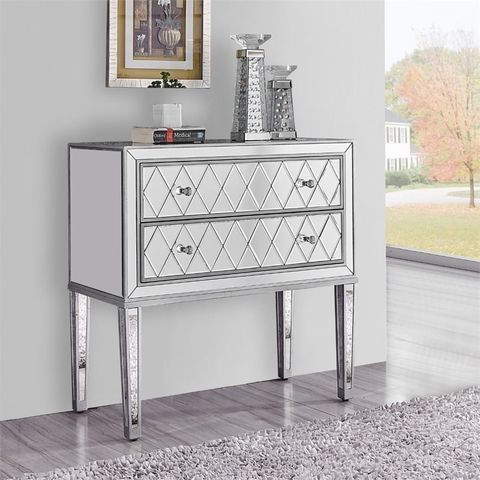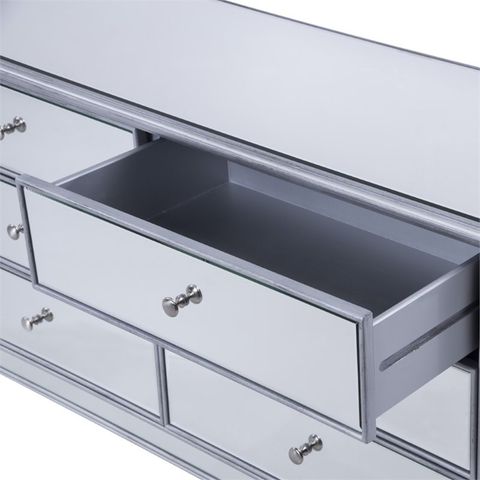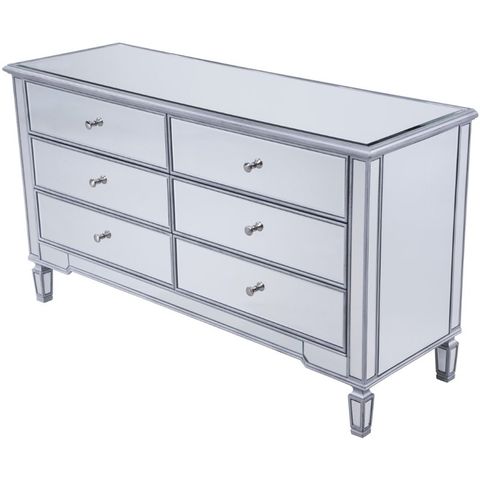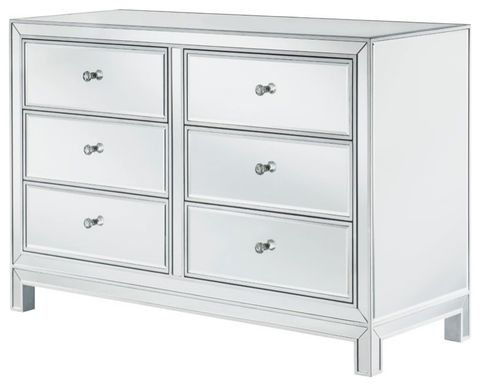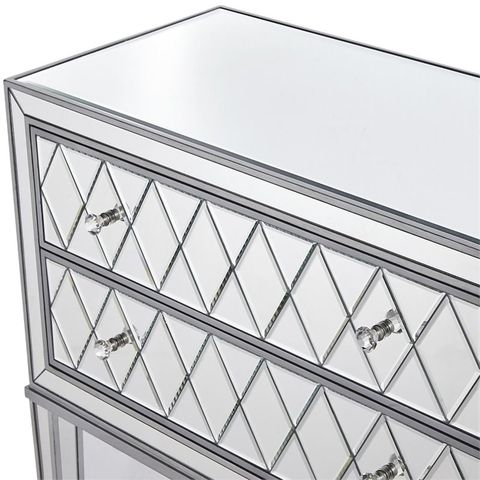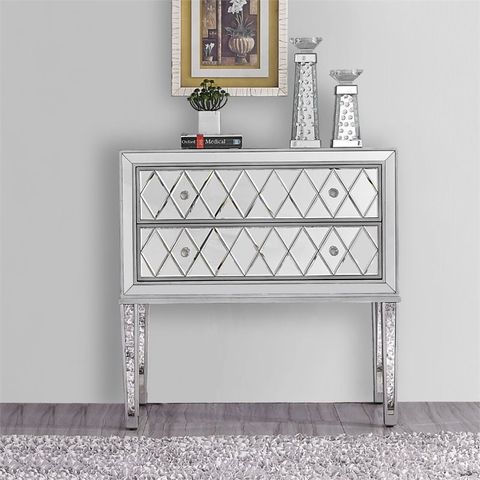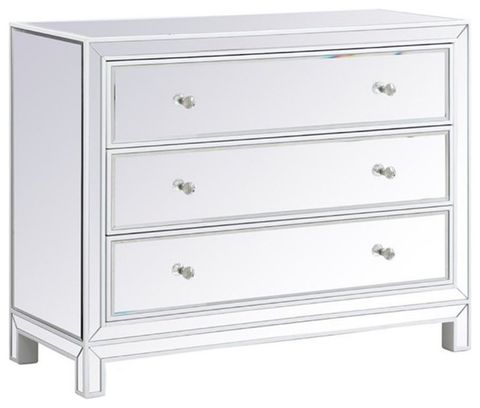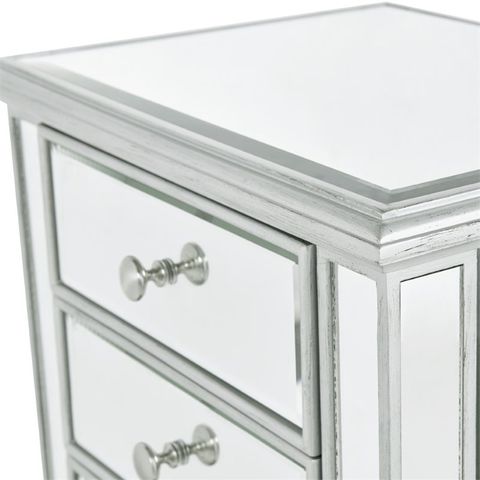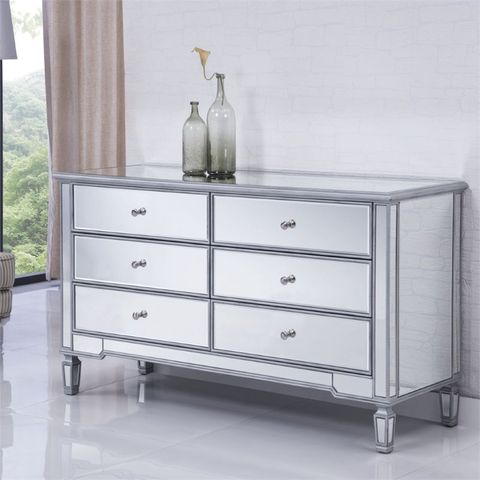There’s something magical about a well-crafted traditional dresser that seems to whisper stories of bygone eras. These pieces don’t just hold our clothes and belongings – they carry the weight of history, craftsmanship, and aesthetic wisdom. Whether you’re considering adding one to your bedroom or simply admiring their beauty from afar, traditional dresser styles offer a sophistication that modern alternatives often struggle to match.
Traditional dresser styles have been gracing homes for centuries, each piece telling its own unique story while maintaining a timeless appeal that transcends fleeting design trends. These furniture treasures aren’t merely functional items; they’re statements of taste, markers of heritage, and vessels of personal style. From the ornate carved details of Victorian pieces to the clean lines of mid-century modern interpretations, traditional dressers showcase the best of craftsmanship and design philosophy. What makes these styles so enduring? It’s not just about looking good – it’s about feeling connected to something larger than ourselves. Every drawer, every joint, every carefully chosen finish represents generations of skill passed down through families and workshops.
Historical Roots and Evolution
Traditional dresser designs emerged from necessity and artistry combined. Early versions were simple wooden boxes with drawers, crafted by skilled artisans who understood both function and beauty. As societies evolved, so did these pieces. The Georgian era brought refined proportions and elegant curves, while the Victorian period introduced elaborate carvings and rich materials. Each historical period added its own flavor to dresser design. For instance, the 1700s saw the rise of the bureau, a tall, narrow piece with multiple drawers and a mirror. By the 1800s, the bureau had transformed into the more familiar dresser we know today. These changes weren’t random – they reflected social shifts, available materials, and changing lifestyles. The evolution shows how furniture designers responded to their times, yet maintained core principles that still resonate today.
Key Design Elements and Features
What makes a traditional dresser truly traditional? Several elements stand out. First, there’s the silhouette – often featuring a rectangular shape with symmetrical drawers arranged in neat rows. The proportions matter greatly; too wide and it feels unwieldy, too narrow and it lacks presence. Ornamental details also play a crucial role. Carved motifs like shells, flowers, or geometric patterns add character. Hardware choices – brass handles, wooden knobs, or decorative pulls – speak volumes about the piece’s age and quality. The joinery techniques used are another indicator of authenticity. Traditional methods like dovetail joints show dedication to craftsmanship that modern mass production often overlooks. Even the finishing touches tell a story. Natural wood stains, hand-rubbed polish, and careful attention to grain patterns create a warmth that synthetic finishes simply cannot replicate.
Popular Traditional Styles Around the World
Different cultures have developed their own distinctive approaches to dresser design. French provincial styles emphasize gentle curves and soft pastel colors, often featuring painted surfaces and delicate trim work. English country pieces tend toward heavier construction with bold, geometric patterns and rich woods like oak or mahogany. Scandinavian designs bring minimalism to traditional furniture, using light woods and clean lines while maintaining functionality. Japanese influences focus on natural materials and simplicity, often incorporating sliding doors and low profiles. American colonial styles feature sturdy construction with practical features, emphasizing durability over decoration. These variations show how traditional design adapts to local tastes, climates, and available resources. When choosing a traditional dresser, consider what cultural influences speak to you personally.
Materials and Construction Techniques
The heart of any great traditional dresser lies in its materials and how they’re assembled. Solid hardwoods like oak, maple, cherry, and walnut remain the gold standard for authentic pieces. These woods age gracefully, developing character over time. They also provide strength that allows for intricate carving and detailed work. Construction methods matter enormously too. Handcrafted pieces often feature mortise and tenon joints, which are stronger than modern glue and screw connections. The way drawers slide, how the top sits flush with the sides, and even the thickness of the wood all contribute to a piece’s longevity. Many traditional makers use sustainable practices and local materials when possible, reflecting their connection to place and community. These thoughtful choices make traditional dressers not just beautiful objects but also environmentally conscious decisions.
Practical Considerations for Modern Living
While traditional dressers certainly have charm, they do require some adaptation to fit modern lifestyles. Size is often a consideration – these pieces can be substantial and may not suit small spaces. However, many manufacturers now offer scaled-down versions or updated interpretations that maintain traditional aesthetics while being more practical. Maintenance requirements are another factor. Traditional pieces often need periodic polishing and care to preserve their appearance. But this maintenance becomes part of the enjoyment – caring for a beautiful piece creates a deeper connection. Storage needs vary greatly depending on the design. Some have deep drawers perfect for folded clothing, others might feature open shelving. The key is matching the dresser’s features to your actual needs rather than just its visual appeal.
How to Choose and Care for Traditional Dressers
Selecting the right traditional dresser requires both visual appreciation and practical thinking. Look for solid construction rather than hollow or veneered pieces. Check the joints and ensure drawers move smoothly. Examine hardware carefully – original pieces often feature period-appropriate fixtures. When buying vintage, research the maker or era if possible. Quality pieces often come with provenance or clear markings. For care, regular dusting with appropriate cloths works wonders. Avoid harsh chemicals or excessive moisture that can damage wood finishes. Periodic conditioning helps maintain the wood’s luster. Professional restoration might be needed for older pieces, but many issues can be addressed with simple maintenance. Remember that traditional dressers are meant to be enjoyed – they’re not museum pieces but functional elements of daily life.
Traditional dresser styles represent more than mere furniture – they embody centuries of craftsmanship, cultural expression, and timeless design principles. These pieces connect us to our past while providing functional beauty for our present lives. Whether you’re drawn to the romantic curves of French provincial design or the clean lines of American colonial pieces, there’s a traditional dresser waiting to become part of your story. The secret isn’t just in the beautiful exterior but in understanding what makes these pieces endure across generations. They remind us that true elegance comes not from following trends but from honoring the skills and vision of those who came before us. In a world of fast fashion and disposable items, traditional dressers offer something different – they’re investments in lasting beauty and quality craftsmanship.

